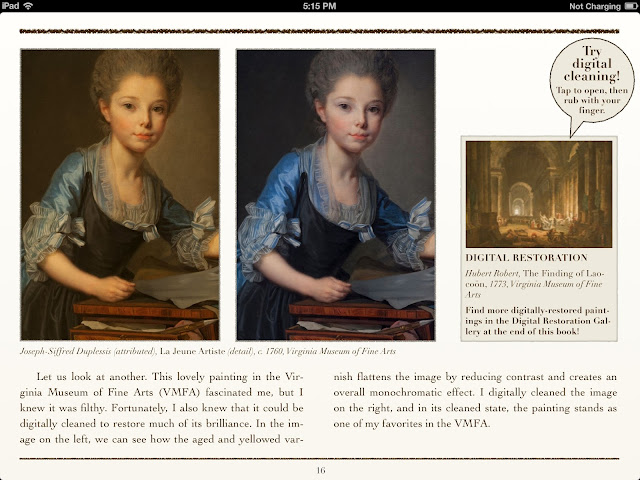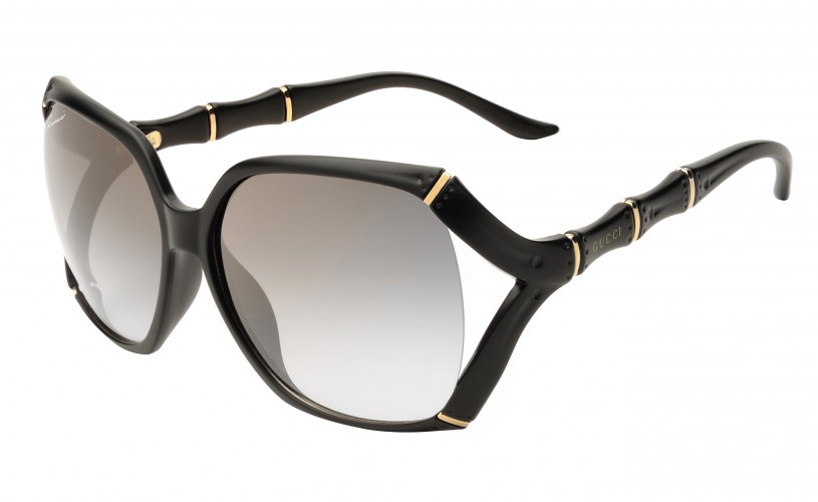The international jury of the 55th
annual World Press Photo Contest has selected a picture by Samuel Aranda
from Spain as the World Press Photo of the Year 2011. The picture shows
a woman holding her wounded son in her arms, inside a mosque used as a
field hospital by demonstrators against the rule of President Ali
Abdullah Saleh, during clashes in Sanaa, Yemen on 15 October 2011.
Samuel Aranda was working in Yemen on assignment for The New York Times.
He is represented by Corbis Images.
Comments on the winning photo by the juryKoyo
Kouoh: "It is a photo that speaks for the entire region. It stands for
Yemen, Egypt, Tunisia, Libya, Syria, for all that happened in the Arab
Spring. But it shows a private, intimate side of what went on. And it
shows the role that women played, not only as care-givers, but as active
people in the movement."
Nina Berman: "In the Western media, we seldom see veiled women in
this way, at such an intimate moment. It is as if all of the events of
the Arab Spring resulted in this single moment - in moments like this."
Aidan Sullivan: "The winning photo shows a poignant, compassionate
moment, the human consequence of an enormous event, an event that is
still going on. We might never know who this woman is, cradling an
injured relative, but together they become a living image of the courage
of ordinary people that helped create an important chapter in the
history of the Middle East."
Manoocher Deghati: "The photo is the result of a very human moment,
but it also reminds us of something important, that women played a
crucial part in this revolution. It is easy to portray the
aggressiveness of situations like these. This image shows the tenderness
that can exist within all the aggression. The violence is still there,
but it shows another side."
Now in its 55th year, the annual World Press Photo Contest is
universally recognized as the world’s leading international contest for
photojournalists, setting the standard for the profession. The judging
is conducted at the World Press Photo office, where all entries are
presented anonymously to the jury, who discusses and debates their
merits over a period of two weeks. The jury operates independently, and a
secretary without voting rights safeguards a fair procedure.
The jury gave prizes in nine themed categories to 57 photographers of
25 nationalities from: Afghanistan, Argentina, Australia, Bosnia and
Herzegovina, Canada, China, Denmark, Egypt, France, Germany, India,
Iran, Ireland, Italy, Japan, Mexico, the Netherlands, Norway, Poland,
Russia, South Africa, Spain, Sweden, the United Kingdom and the USA.
The contest draws entries by professional press photographers,
photojournalists and documentary photographers from across the world,
with 5,247 photographers from 124 countries participating this year with
101,254 pictures submitted by the mid-January deadline.
2012 Photo Contest JuryA group of 19
internationally recognized professionals in the field of photojournalism
and documentary photography have convened in Amsterdam from 28 January
until 9 February 2012 to judge the entries.
Chair:
Aidan Sullivan, UK, vice president of photo assignments for Getty Images
Members:
• Monica Allende, Spain, photo editor
The Sunday Times Magazine• Koji Aoki, Japan, chief photographer Aflo Sport / Aflo Dite and president Aflo Co., Ltd.
• Patrick Baz, Lebanon/France, photo manager AFP for Middle East
• Nicole Becker, Germany, senior photo editor sport DPA
• Al Bello, USA, chief photographer sport Getty Images for North America
• Daniel Beltrá, Spain, conservation photographer
• Nina Berman, USA, photographer Noor
• Pablo Corral Vega, Ecuador, director
Nuestramirada.org• Manoocher Deghati, France/Iran, regional photo manager AP for Middle East
• Renata Ferri, Italy, photo editor
Io Donna - Corriere della Sera and
Amica - RCS MediaGroup, Italy
• W.M. Hunt, USA, strategist at Dancing B
• Koyo Kouoh, Cameroon, founder and artistic director Raw Material Company
• Dana Lixenberg, the Netherlands, photographer
• Andrei Polikanov, Russia, director of photography
Russian Reporter magazine
• Steve Pyke, UK, artist and photographer
• Joel Sartore, USA, contributing photographer
National Geographic magazine
• Sophie Stafford, UK, editor
BBC Wildlife Magazine• Ami Vitale, USA, photographer and filmmaker Panos Pictures/ Ripple Effect Images
Secretaries:
• Daphné Anglès, France/USA, European photo assignments editor
The New York Times• Stephen Mayes, UK, managing director VII Photo Agency
Special MentionFollowing the judging of the contest, the 2012 jury decided to give a
Special Mention
to an image of a Libyan National Transition Council fighter pulling
Muammar Gaddafi onto a military vehicle. The still image was taken from a
video shot in Sirte, Libya, 20 October 2011.
Chair of the jury Aidan Sullivan commented: "The photo captures an
historic moment, an image of a dictator and his demise that we otherwise
would not have seen, had it not been photographed by a member of the
public."
Jury member Renata Ferri said: "This was an important document for
posterity, for transparency, and to understand the dynamics of how
Gaddafi came to his end."
The jury considers a visual document for a Special Mention when it
has played an essential role in the news reporting of the year worldwide
and could not have been made by a professional photographer.
Awards Days and 2012 ExhibitionSamuel Aranda, the photographer of the World Press Photo of the Year 2011, will receive the award during the
Awards Ceremony
in Amsterdam on Saturday, 21 April 2012. The award also carries a cash
prize of €10,000. In addition, Canon will donate a Canon EOS Digital SLR
Camera and lens kit to Aranda.
The Awards Ceremony is preceded by a two-day program of lectures,
discussions and screenings of photography. The exhibition with the
award-winning images will be open to the public at the Oude Kerk,
Oudekerksplein in Amsterdam on Friday, 20 April 2012. The exhibition in
Amsterdam is sponsored by Delta Lloyd and will be on show until 17 June.
At the same, time a worldwide tour of the exhibition will be
launched. With a record number of 105 venues in 45 countries for the
World Press Photo 11 exhibition last year, our exhibition program has
established itself as the most popular and wide-ranging traveling photo
event in the world. With the yearbook distributed internationally in
seven languages, the winning images will reach a worldwide audience of
millions in the course of the year.
2012 Multimedia ContestThe winners of the second
Multimedia Contest
will be announced online on 15 March 2012. The judges will convene in
Amsterdam at the beginning of March. The 2012 Multimedia Contest jury is
chaired by director Vincent Laforet, France/USA.
World Press Photo receives support from the Dutch Postcode Lottery and is sponsored worldwide by Canon.
Editors please note:A selection of the winning
images of the Photo Contest will be available for publication at the
press conference and from 11 a.m. (C.E.T.) on 10 February 2012 on the
international wire services. It is also possible to download the images
from our
press download area.
Interviews with several jury members are made available to share online.
Please contact Ms. Barbara Bufkens at
press@worldpressphoto.org or tel: +31 (0)20 676 6096, for additional information and requests for interviews with jury members.





































